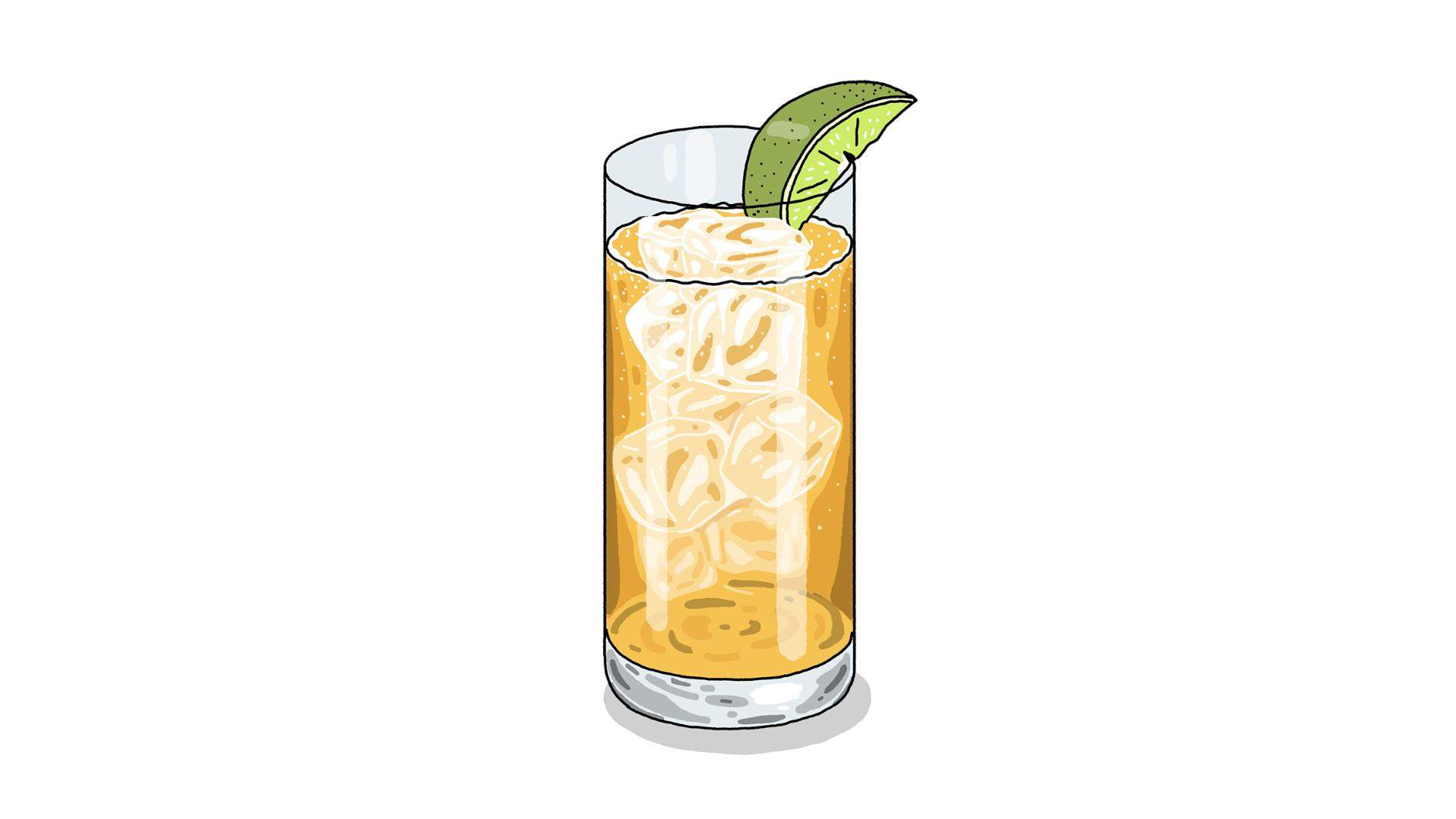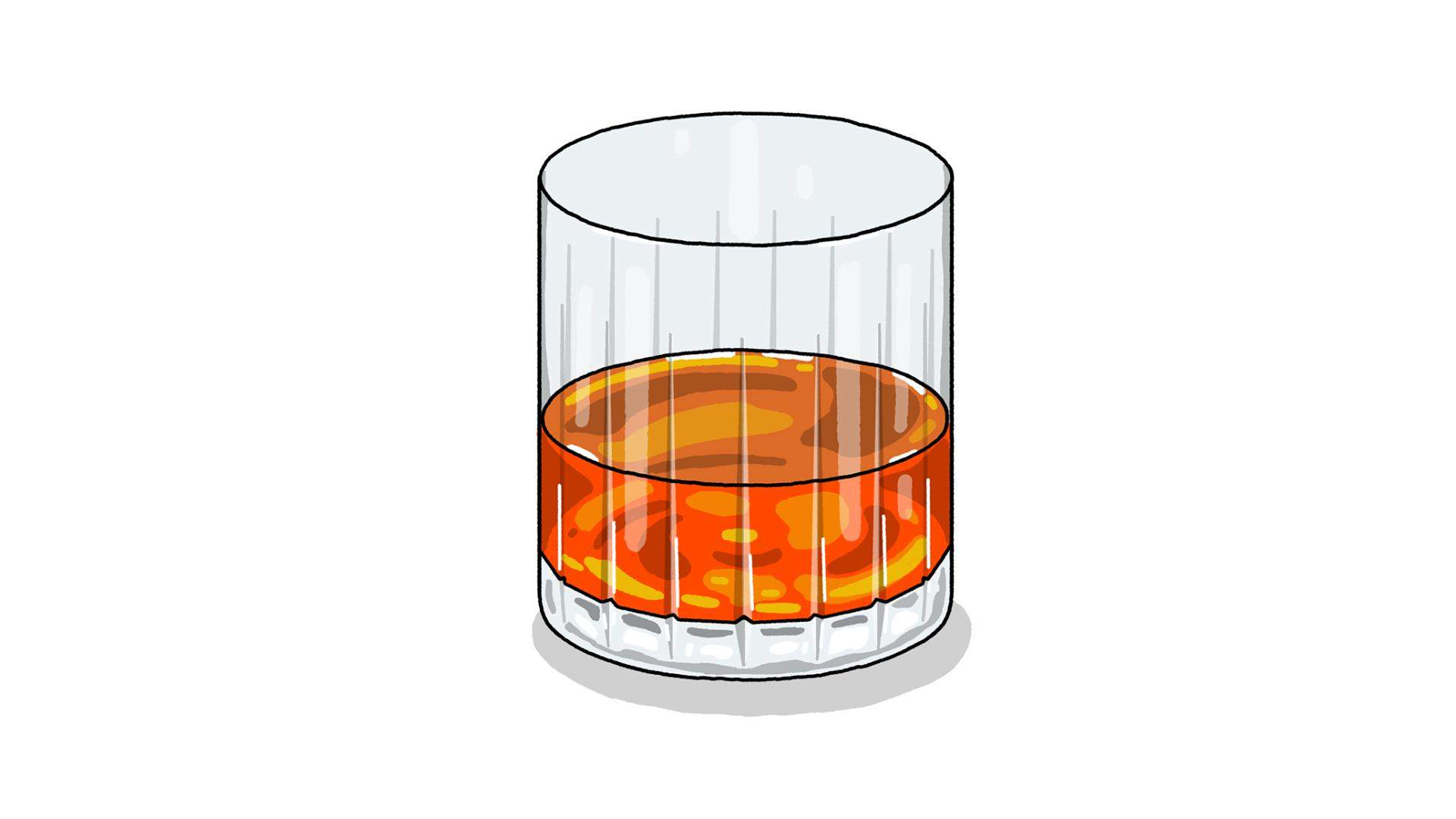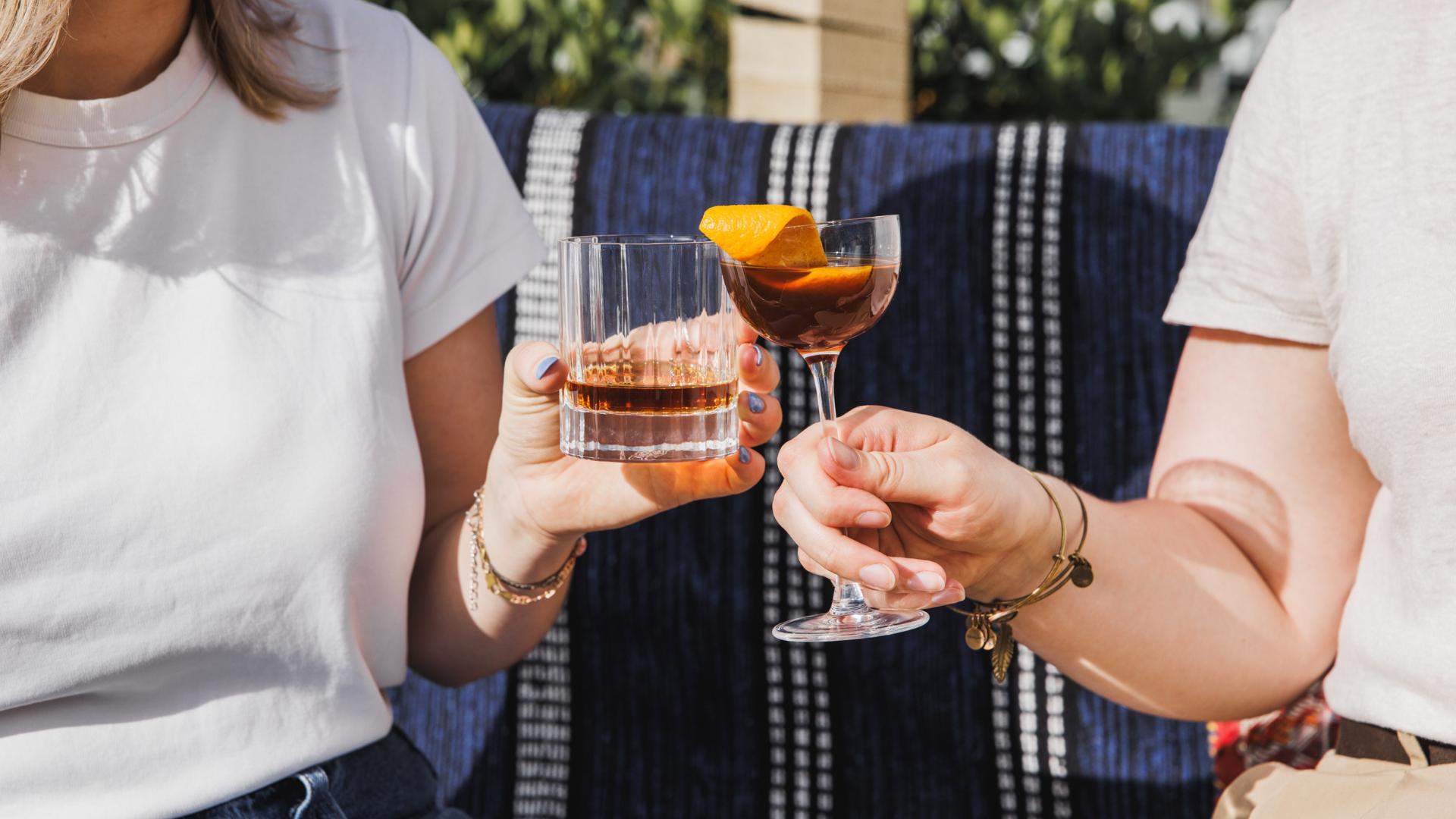
Dark Rum
Uncover this underrated luscious spirit from the heart of the Caribbean.
We’re slowing things down this summertime; temperatures are soaring, and we need a luscious and smooth tipple that helps us live that laidback, luxe life we’ve been dreaming about. We reckon the perfect drink could be a spirit that doesn’t get as much exposure as it should. It’s luscious, complex and sitting there on the top shelf of your favourite local bar: dark rum.
This is not the rum that you discovered as a freshly legal drinker mixed with some classy cola. This is an elevated drink with years of history, craft and flavour. This drink demands that you take some time to yourself, slow down, and sip while you enjoy the sun setting.
Pour yourself a glass, kick back, and join us as we unveil the world of premium dark rum together with rum brand Diplomático.
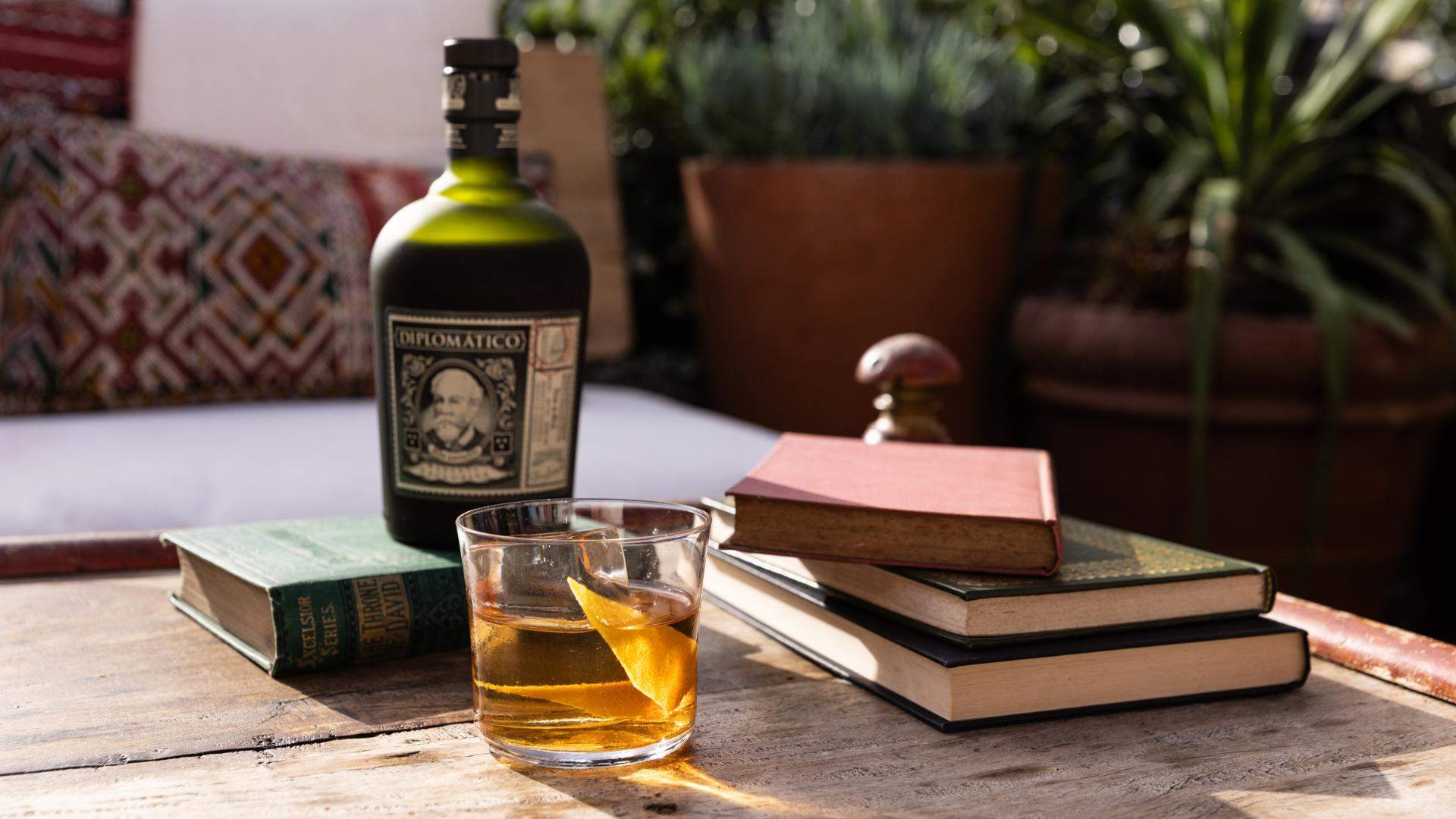
Where is it from?
Rum has a storied history, with versions of a similar drink showing up in countries all over the world. However, the general consensus is that the origins of the drink we now know as rum are from the West Indies, i.e. the Caribbean region. There are records of a drink dubbed ‘rum’ being drunk in Barbados in 1650, where it also went by other names like ‘rumbullion’ until it was shortened to ‘rum’.
Diplomático rum is from Venezuela, right on the cusp of the West Indies. Venezuelan rum has a protected designation of origin — just like Champagne in France. The distillery opened in 1959 at the base of the Andes Mountains. Today, it holds the Ron de Venezuela DOC. Rums with this designation cannot be altered using artificial colour, flavour or aroma. They must be aged for two years in a barrel, and only Venezuelan ingredients can be used. Today, Diplomático is recognised as one of the finest rum makers in the world. Diplomático Reserva Exclusiva, the brand’s flagship rum, is meticulously crafted using the distillery’s finest and most refined barrels. So we can be sure its insight on producing rums is above reproach.


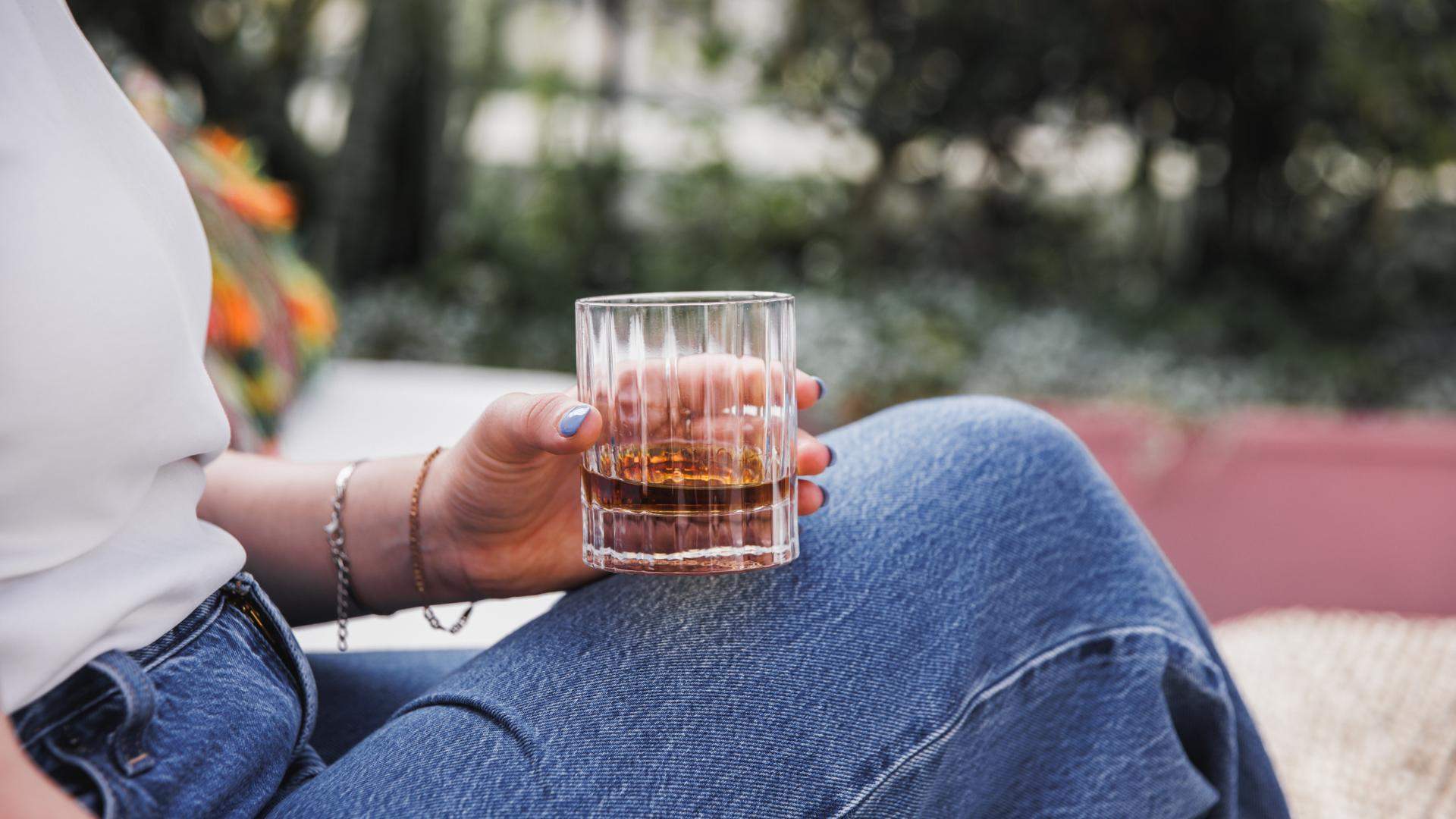
How is it Made?
Rum is a distilled spirit similar to vodka or whisk(e)y. What sets it apart from those two are the specific ingredients. Rum is made from sugarcane. The majority of rums are made with sugarcane molasses, but most premium rums, including Diplomático Reserva Exclusiva, are made with sugarcane honey. There are other rums that are a blend of molasses and sugarcane honey, like Diplomático Manutano.
Both products start with sugarcane. Sugarcane was imported to the Carribean region during the 1600s, it is now one of the biggest growing areas for the plant. Some people may be surprised to know that sugar is actually from this tall grass plant. It’s filled with sweet syrupy sap from which we get sugar, molasses and other sugar products.
The sugarcane is cut down, its staves are crushed, the pulp is pressed, and the sweet sugarcane juice is collected. This juice can be added to a vat with water and yeast to ferment. The yeasts are an important ingredient as they greatly impact the resulting flavour — most distillers have their own bespoke yeast recipe. The yeasts eat up all the sugar in the liquid and convert it into alcohol. What you’re left with is a character-filled sugarcane wine, which can then be distilled into a punchy and pungent rum spirit called agricole or rhum with tasting profiles anywhere from overripe bananas to petrol. Or the sugarcane can be concentrated to create sugarcane molasses.
To do this, the sugarcane juice is heated to a boil to remove water, and as the juice heats, the natural sugars in the juice crystallise and are removed. This leaves behind an increasingly more concentrated and thick juice, which eventually develops into rich, thick, dark brown sugar molasses. Unlike the sugarcane juice, molasses has a licorice-like flavour.
It’s these two ends of the sugar refinement process — the juice and molasses — that are used to make rum. However, there is a third sugarcane option: sugarcane honey. Despite its name, it is not made by honeybees. It is a concentrated version of sugarcane juice that doesn’t spoil as quickly. Sugarcane honey is more flavoursome than molasses, and the resulting rums are normally more similar to molasses rums than agricoles.
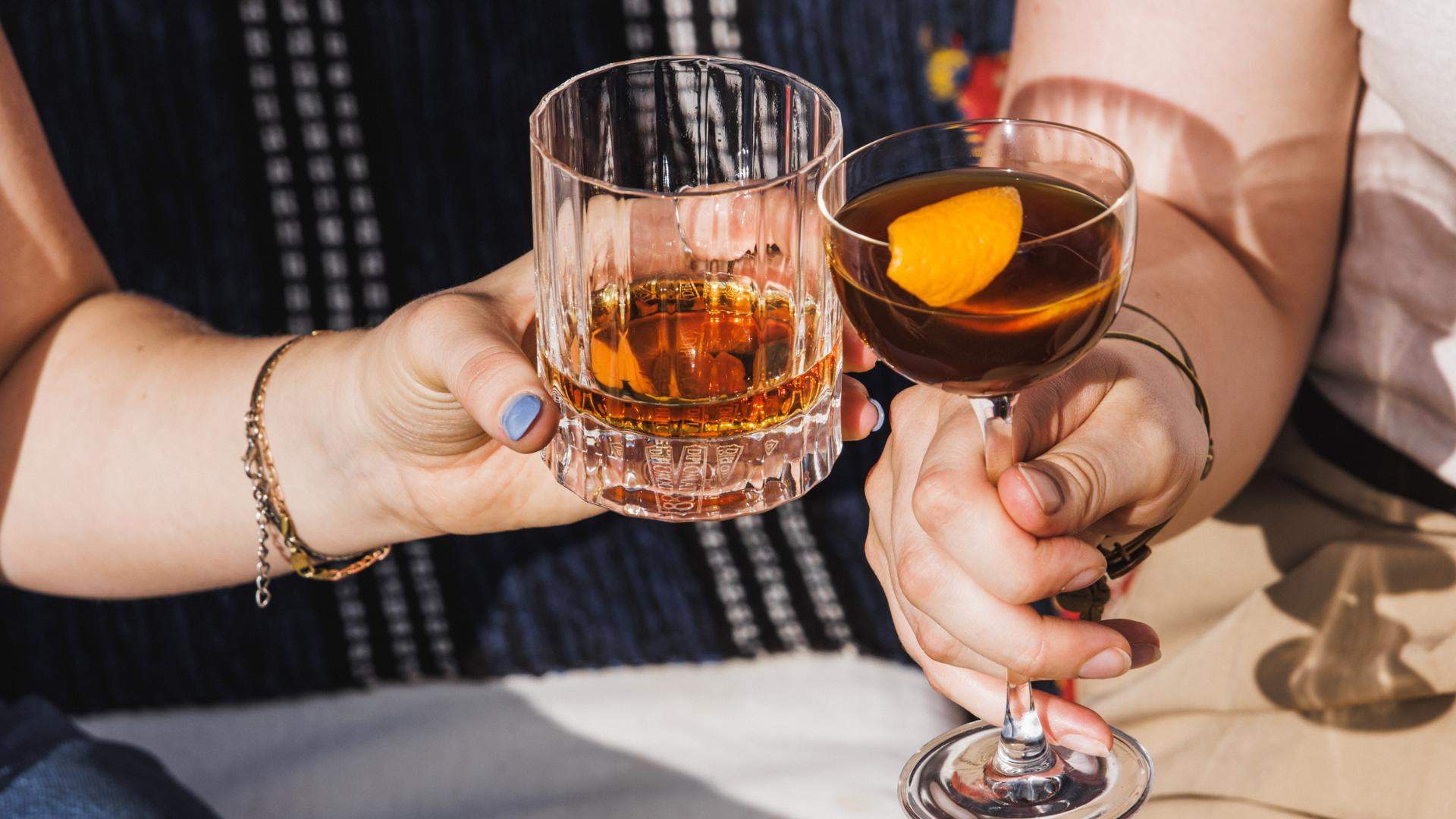
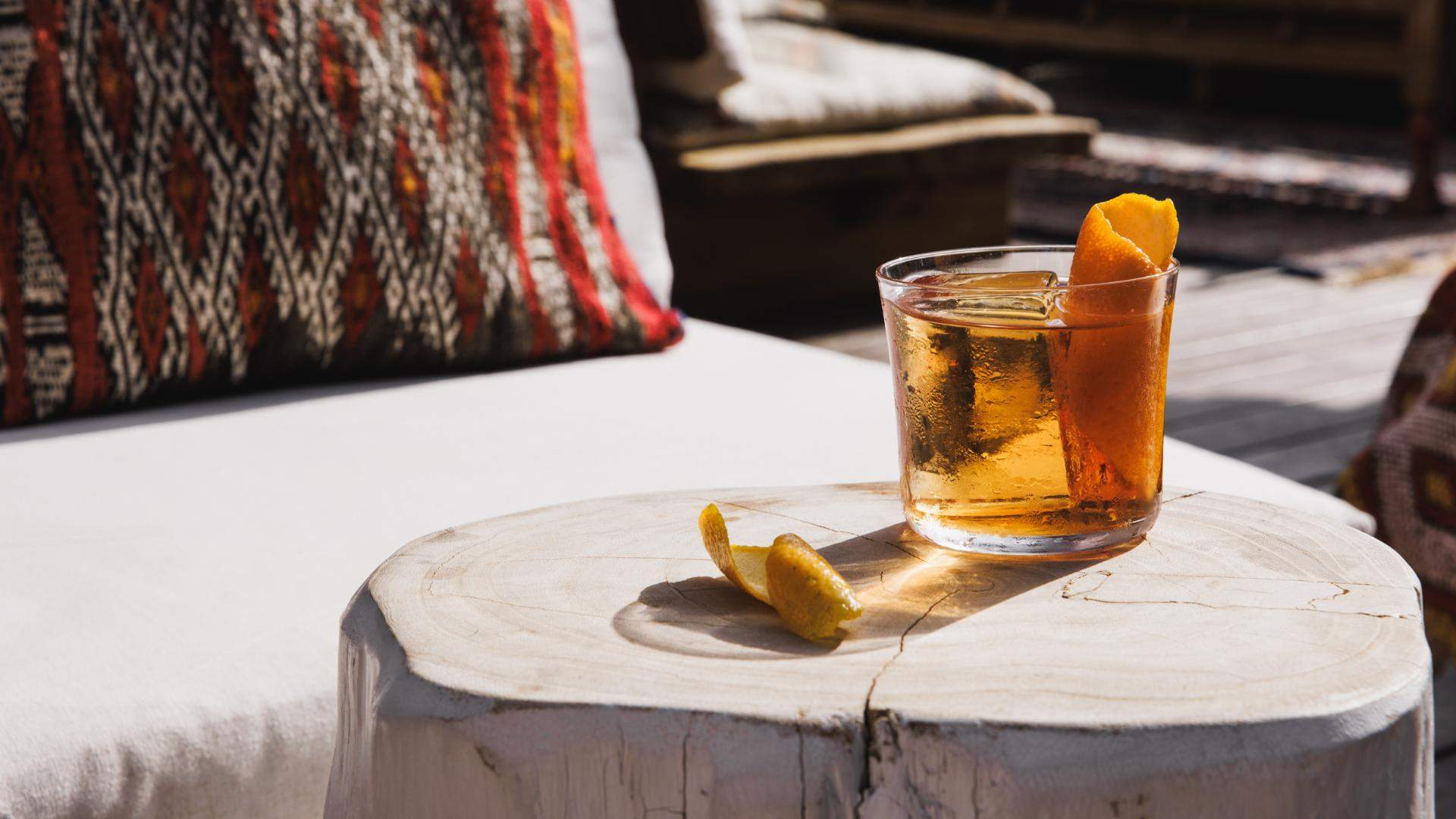

To distil the molasses or sugarcane honey, distillers combine it with water and yeast in large vats so that they can ferment and create alcohol — a kind of molasses wine if you will. The resulting fermented liquid, just like the sugarcane wine, is then distilled in stills. There are different kinds of stills. The most common are pot stills or column stills, but they do that same basic job.
In the stills, the fermented liquid is heated to a boil, and as the liquid evaporates, the alcohol separates from the water — because alcohol boils at a lower temperature than water, at around 78 degrees celsius. The column still has different sections at different temperatures that force the vapours to condense back into a liquid and then evaporate again, making a more concentrated distillate as it moves up the still’s neck. The high alcohol vapour is piped off the still, cooled, condensed and collected. A pot still doesn’t have different sections, the liquid vapour travels across the still’s gooseneck into a condenser chamber, where it becomes a liquid again.
When the liquid comes off the still, it is very high in alcohol, crystal clear and has no residual sugar. There are also three stages of the liquid: the first is called the ‘heads’ (not good as it has a lot of volatile compounds), then the heart (the part you want with all the flavour) and finally the tails (not good again, but can go through the distillation process again). The distiller collects the liquid that makes up the heart and then adds water to get the level of alcohol they want.
Diplomático was designed for versatility with three pot stills and four column stills on site to distil different styles of spirits from top-grade molasses and sugarcane honey.
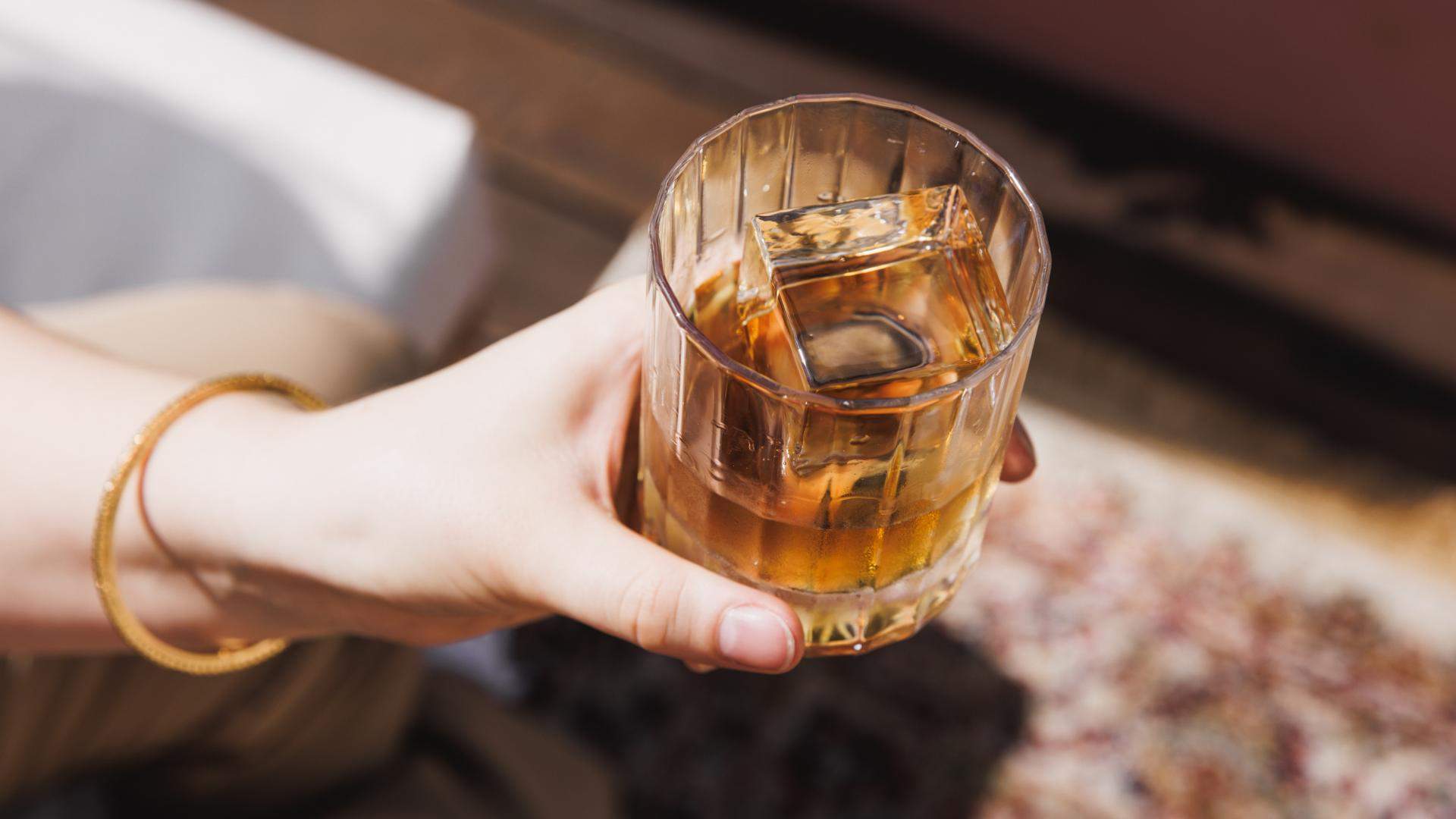
WHITE, GOLDEN DARK, AGED, SPICED — WHAT ARE THE DIFFERENT RUMS?
At the heart of it, the type of rum comes down to what kind of sugarcane is used — i.e. sugarcane juice, molasses, sugarcane honey or a combination — and how long it has been aged.
Dark rum is generally aged for longer than white rum. When the rum comes off the still, it is clear. The colour of dark rum comes from the barrels it is aged in. The longer it stays in the barrel, the darker the liquid gets. White rum can be aged in barrels and have the colour stripped out, like Diplomático Planas.
The wood doesn’t just give colour to the rum; it also imparts flavour. Toasted oak barrels are the standard choice for bourbon, whisk(e)y and rum. The oak barrels are chosen by the distiller for their quality and flavour. American oak tends to have vanillin (you guessed it, it tastes like vanilla), and French oak barrels tend to give more nutty flavours.
Charring or toasting the barrels — literally setting the inside on fire — causes grooves and scores in the oak staves so the rum can penetrate further into the barrel to take on more flavour. Unlike its northern brethren, bourbon, or cousin across the ditch, whisk(e)y generally rum production has no set rules and regulations on ageing — except those under a protected DOC like Diplomático, which must be aged for two years in oak barrels.
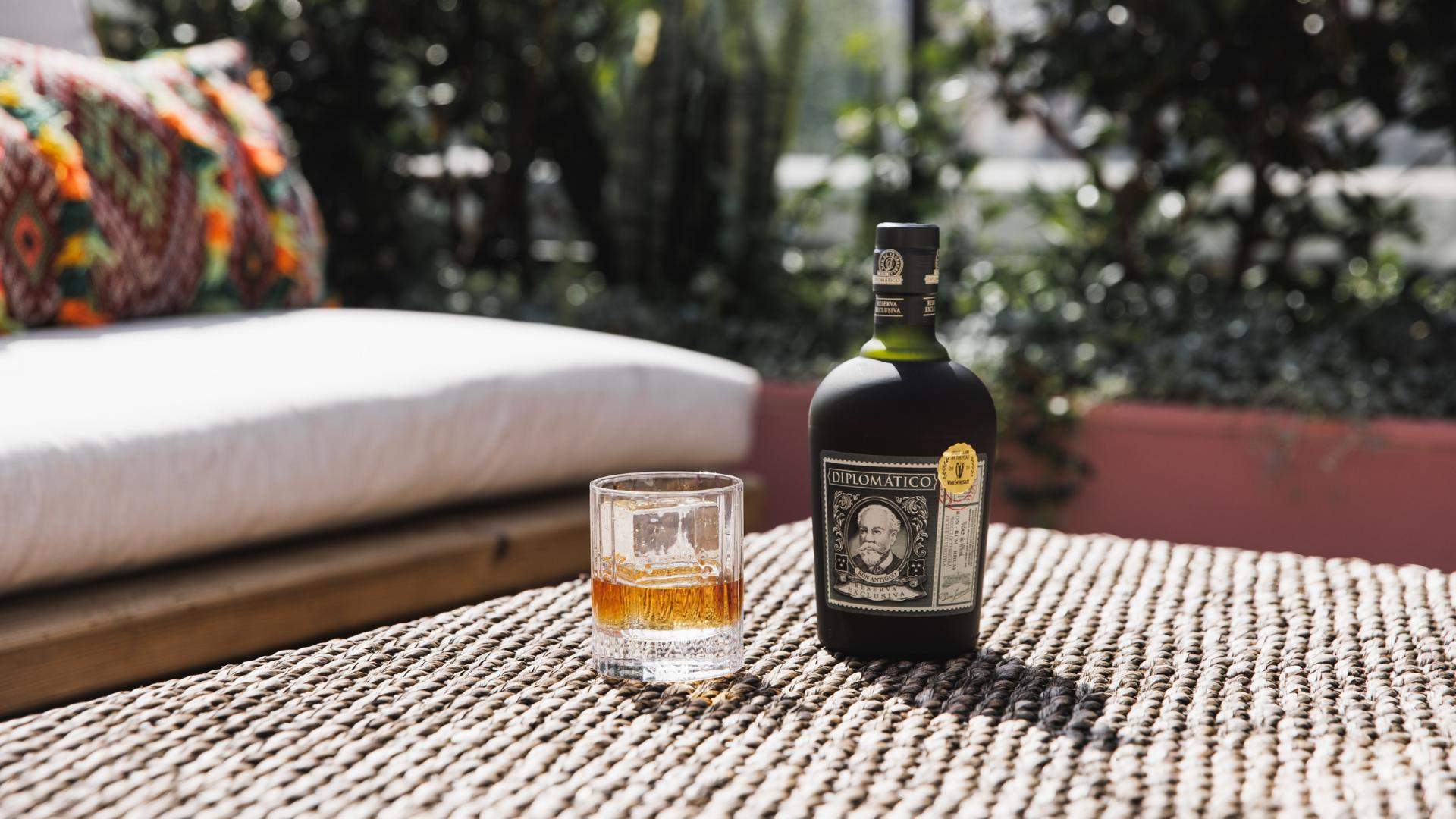

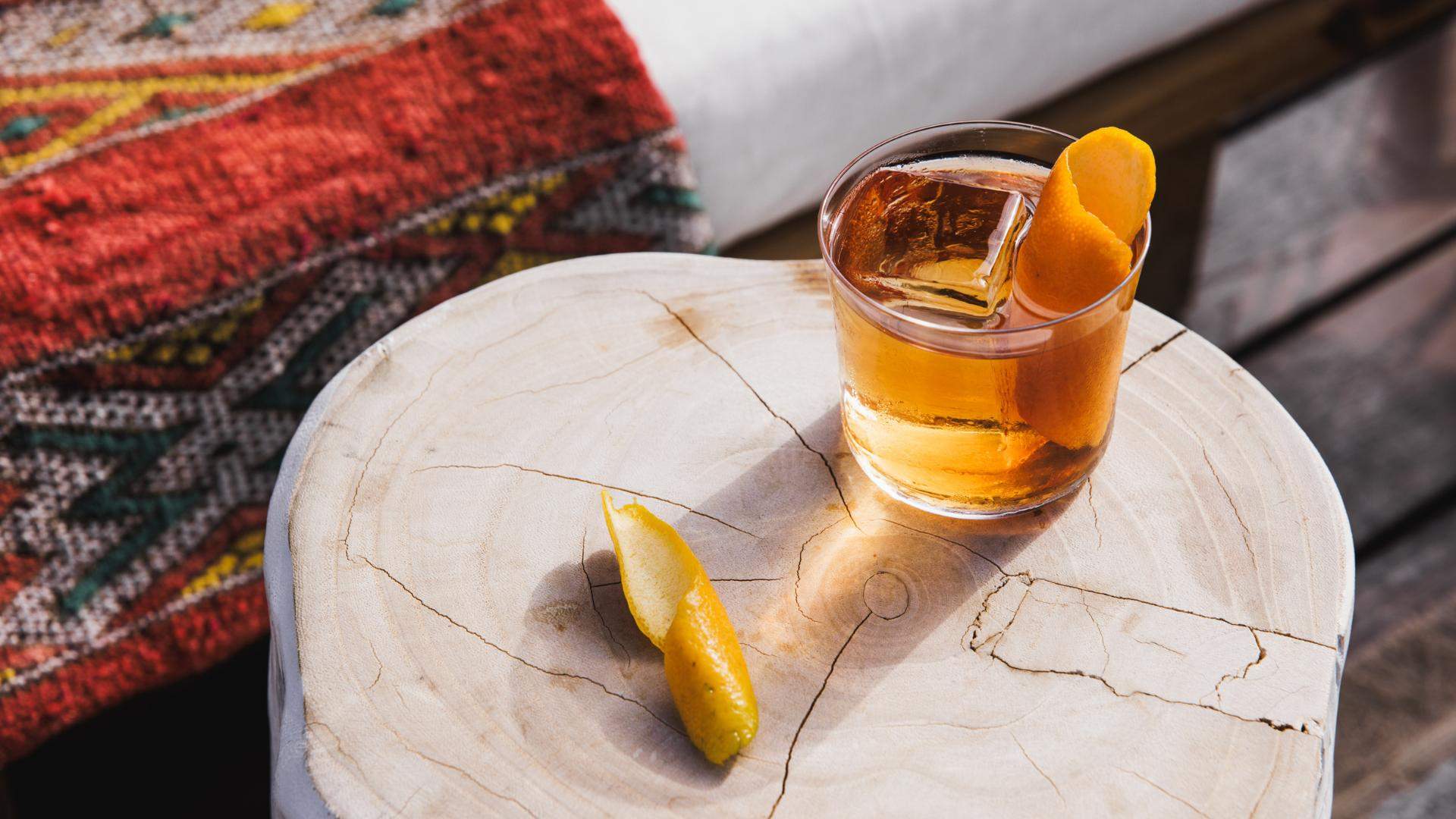
Ageing agricole rum/rhum, aka sugarcane juice rum, produces a complex and delicate spirit similar in style and flavour profile to cognac. Molasses rums, although less “punchy” than agricole when first distilled, can develop complex and rich flavour profiles when aged. Once the distiller is happy with the level of ageing of a particular batch of rums, they can blend various barrels together to create a signature spirit that encapsulates the effort and terroir of the distillery.
Golden or amber rum is a rum that has that golden hue and a rich, sweet flavour from the barrel. Dark rum has been aged much longer, and the resulting drink is more luscious. Aged rums are usually dark as well; however, some rum makers will put their aged rums through a filter to remove the colour from the liquid. It keeps all the flavour from the barrel, but the colour is stripped out.
Spiced rum is when white, amber or dark rum is mixed with spices — usually cinnamon, vanilla, cardamom, nutmeg and cloves, but each recipe is specific to the rum itself.
Diplomático has numerous expressions of rum available for the discerning drinker, from its aged white rum, Planas, to its award-winning super-premium sipping rum, Reserva Exclusiva.

HOW Should ONE DRINK RUM?
There are no set rules when it comes to drinking rum, but you should want to appreciate it for the special spirit that it is. You want to sip and savour so you can enjoy the delicate nuances of a premium dark rum like Diplomático Reserva Exclusiva — sweet and smooth notes of toffee, orange peel and licorice marry with the bold and robust flavours of oak and vanilla. It’s a complex spirit that can be a great foundation for a delicious cocktail or can be enjoyed neat.
If you’re wondering where to enjoy rum this summer — if your deck chair, balcony or garden is otherwise occupied — your favourite chill bars could be the best venue to enjoy a tipple of your new spirit of choice. We’ve done the legwork for you, dear reader, with a list of the best vibey bars for sipping rum cocktails this slow summer in Melbourne and Sydney.
Illustrations: Barry Patenaude.
Images: Brooke Zotti


